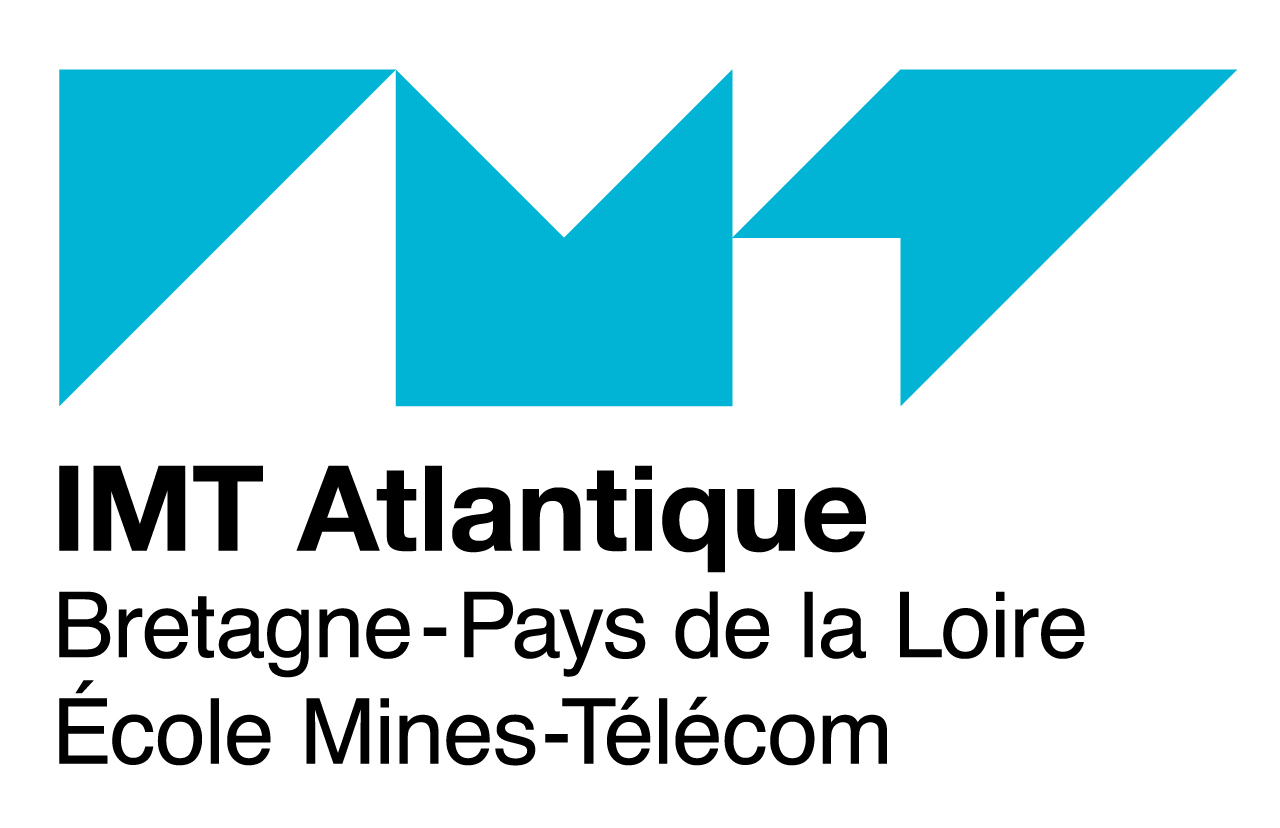
|
|
|
|
Grapholinguistics in the 21st century—From graphemes to knowledge G21C (Grapholinguistics in the 21st Century) is a biennial conference bringing together disciplines concerned with grapholinguistics and more generally the study of writing systems and their representation in written communication. The conference aims to reflect on the current state of research in the area, and on the role that writing and writing systems play in neighboring disciplines like computer science and information technology, communication, typography, psychology, and pedagogy. In particular it aims to study the effect of the growing importance of Unicode with regard to the future of reading and writing in human societies. Reflecting the richness of perspectives on writing systems, G21C is actively interdisciplinary, and welcomes proposals from researchers from the fields of computer science and information technology, linguistics, communication, pedagogy, psychology, history, and the social sciences. The Grapholinguistics in the 21st Century 2020 Conference is kindly endorsed by ACL (Association for Computational Linguistics) and by ATypI (Association Typographique Internationale). The first edition of G21C was held in Brest, France, on June 14-15, 2018. The next edition of G21C is scheduled to take place in Palaiseau (near Paris), on June 8-10, 2022. Sponsorized by IMT Atlantique and LabSTICC CNRS laboratory (UMR 6285) Program June 17th, 2020
June 18th, 2020This day is dedicated to the memory of Dominique Boutet, who passed away a few days before the conference, from COVID-19.
June 19th, 2020
Organizer Yannis Haralambous, IMT Atlantique & CNRS Lab-STICC, Brest, France Location The conference will be held online. Registered participants will receive connection parameters and password. Important dates Submission deadline (extended): January 20, 2020 https://grafematik2020.sciencesconf.org Registration Fee Due to COVID-19 pandemics the conference will be held online. The amount of the (strongly reduced due to the conditions) registration fee is of 20€. Payment can be done via credit card or bank transfer. Please go through the registration process in order to register. Proceedings The Proceedings will be published by Fluxus Editions publishing house (Brest, France) as a volume of the Grapholinguistics and Its Applications Series. Articles in the Proceedings can be 12-40 pages long (LaTeX article style) and can be written in English, French or German. Instructions can be found here. The submission deadline is September 15th, 2020. |
| Online user: 2 | Privacy |

|





